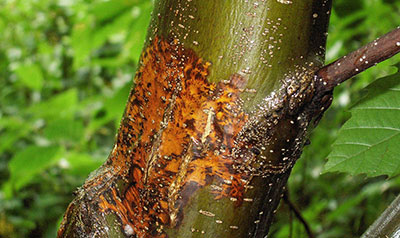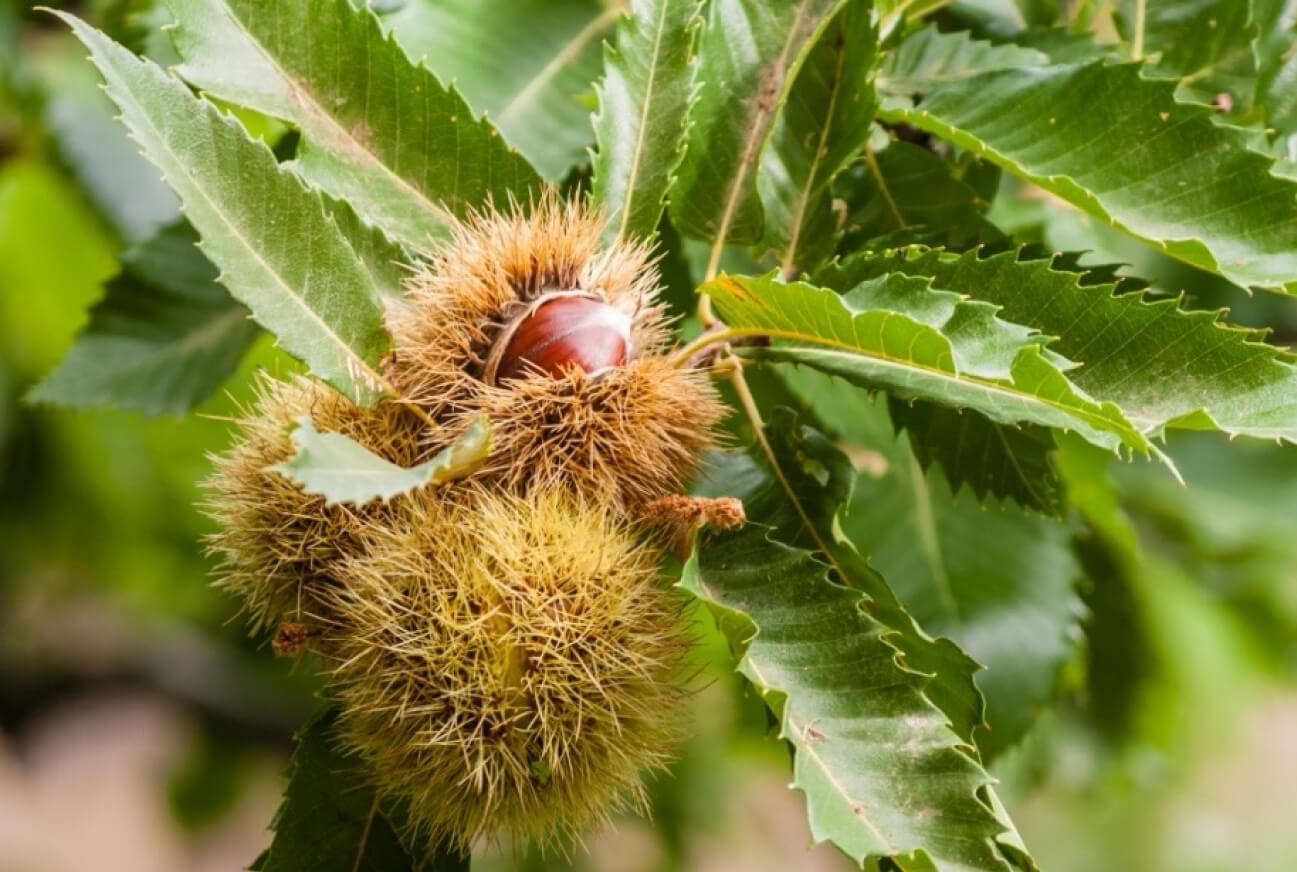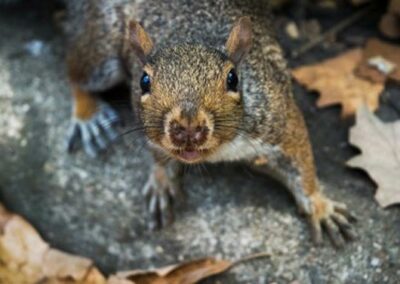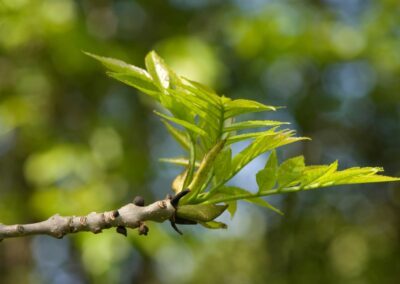Developing biological control mechanisms for sweet chestnut blight
Description
This project will develop international collaborations with scientists working in Japan and Switzerland. The research with Switzerland will involve staff exchange and collaboration to develop the biological control agent Cryphonectria hypovirus 1 and other potential viruses of Cryphonectria parasitica, including assessment of the best method to apply the biological control agent in affected sites in the UK. The work with Japan will involve a visit from the principal investigator to Forest Research to work on newly identified hypoviruses in the new containment facility in Alice Holt. These hypoviruses have been recently detected in C. parasitica and have potential as biological control agents.
Outputs
- Evidence required to develop and implement management programmes for sweet chestnut blight in the UK.
- Identification of new hypoviruses and evaluation as novel biological control agents.

Share this project on social media
Related Projects
Our Partners
Social media
Explore
Contact
© 2022 Centre for Forest Protection. All rights reserved.


